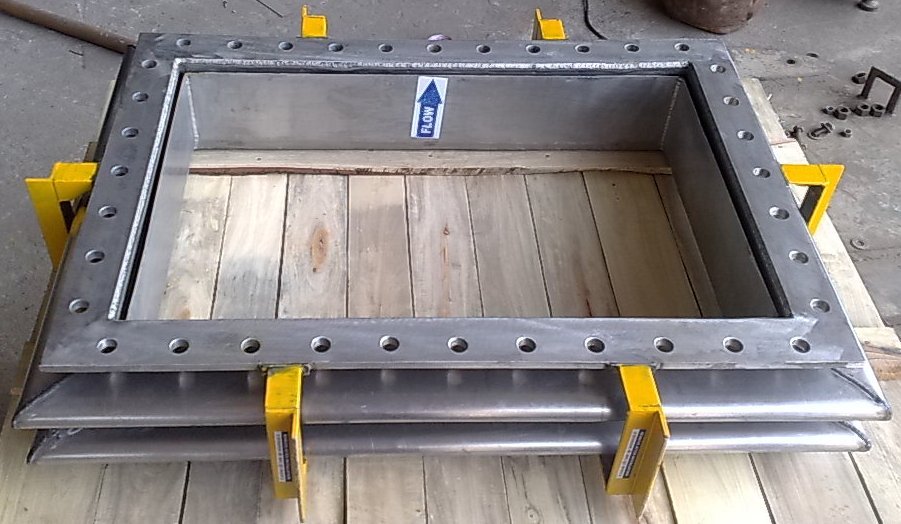Metallic expansion joints, also known as metal bellows or compensators, are essential components used in piping systems to absorb thermal expansion, vibration, and mechanical movement. They ensure the integrity and efficiency of industrial pipelines by compensating for changes in length or alignment caused by temperature fluctuations or external forces.
What Are Metallic Expansion Joints?
A metallic expansion joint is a flexible connector made primarily of stainless steel or other corrosion-resistant alloys. It consists of one or more corrugated metal bellows designed to flex under pressure and movement. The bellows are often reinforced with end fittings such as flanges, weld ends, or threaded connections to integrate seamlessly into a piping system.
These joints act as mechanical buffers that prevent damage to pipelines, pumps, and equipment by absorbing axial, lateral, and angular movements that occur during operation.
How Metallic Expansion Joints Work
When a pipeline carrying high-temperature fluids heats up, the metal expands, increasing the overall length of the pipe. Without a flexible component, this expansion can lead to cracks, leaks, or misalignment. Metallic expansion joints counteract these stresses by compressing or expanding in the opposite direction, maintaining system stability.
Additionally, they reduce vibration transmitted from rotating machinery such as pumps and compressors, thereby extending the lifespan of both the piping and the connected equipment.
Common Types of Metallic Expansion Joints
- Axial Expansion Joints
Designed to absorb movements along the axis of the pipe (lengthwise). These are commonly used where pipes expand or contract due to temperature changes. - Lateral Expansion Joints
Allow side-to-side movement of the pipe sections. They are used when pipes need flexibility in two directions, such as in complex piping layouts. - Angular Expansion Joints
Built to handle angular deflections using one or more bellows and hinge mechanisms. These are ideal for systems requiring rotation or bending. - Universal Expansion Joints
Combine multiple bellows and tie rods to accommodate axial, lateral, and angular movements simultaneously. They are suitable for systems with multiple directional shifts.
Key Materials Used
- Stainless Steel (304, 316, 321) – Excellent for high-temperature and corrosion-resistant applications.
- Inconel and Monel Alloys – Used in chemical and petrochemical industries for handling aggressive fluids.
- Carbon Steel – Common in moderate-temperature environments where corrosion resistance is less critical.
Applications of Metallic Expansion Joints
Metallic expansion joints are used in a wide range of industries, including:
- Power Generation: To absorb heat expansion in steam and exhaust systems.
- Petrochemical Plants: For pipelines carrying hot oil, gas, and chemicals.
- HVAC Systems: To manage temperature variations in ducting and heating lines.
- Shipbuilding: To reduce vibration and movement in engine exhaust systems.
- Industrial Process Equipment: For compressors, turbines, and heat exchangers.
Advantages of Metallic Expansion Joints
- High temperature and pressure resistance
- Long operational life
- Excellent vibration and noise reduction
- Compact design with minimal maintenance needs
- Corrosion resistance (depending on material selection)
Maintenance and Inspection Tips
To ensure optimal performance, regular inspection is essential. Look for signs of:
- Fatigue cracks or deformation in the bellows
- Corrosion or leakage around joints
- Misalignment or loose end fittings
Routine maintenance extends service life and prevents unplanned downtime or system failure.
Conclusion
Metallic expansion joints play a vital role in modern industrial piping systems by managing thermal expansion, vibration, and movement efficiently. Their versatility, durability, and ability to withstand extreme operating conditions make them indispensable in energy, chemical, and manufacturing sectors. Selecting the right type and material based on system requirements ensures long-lasting performance and operational safety.
